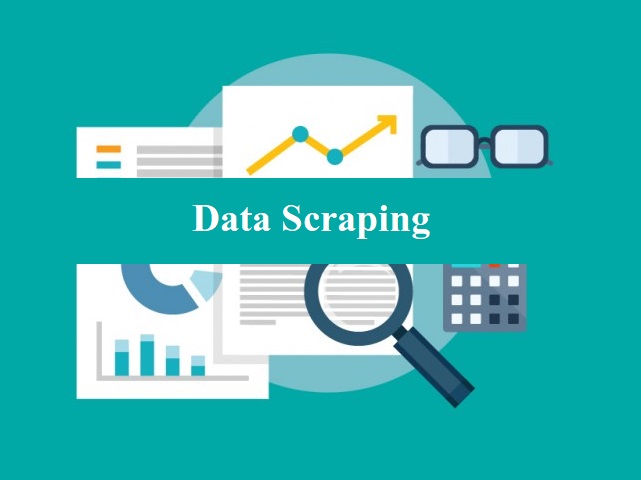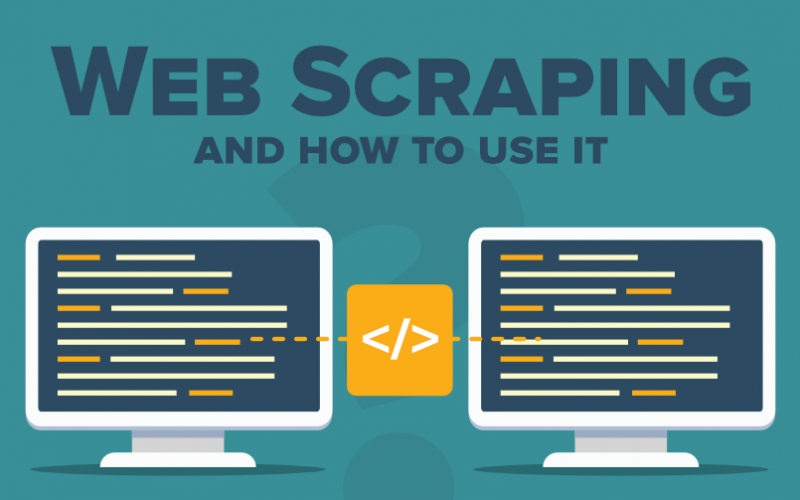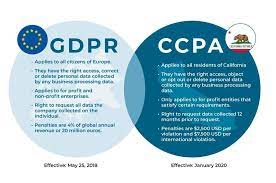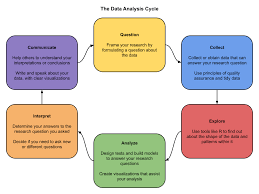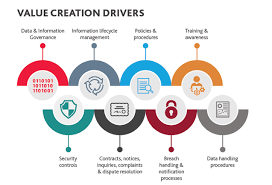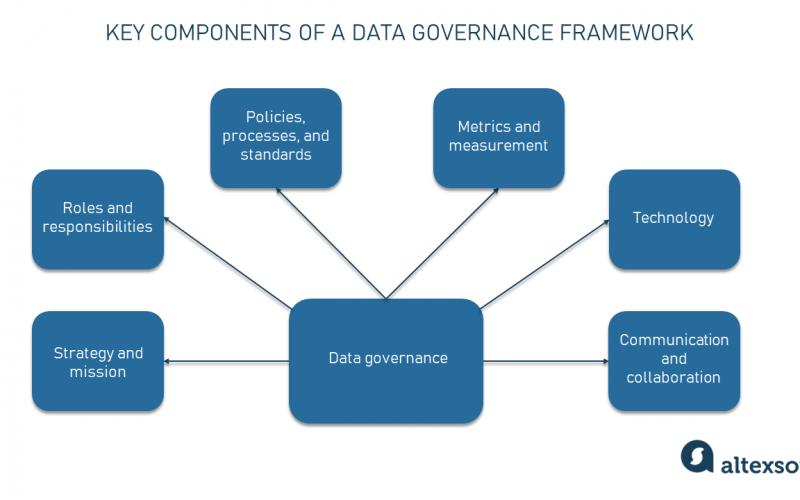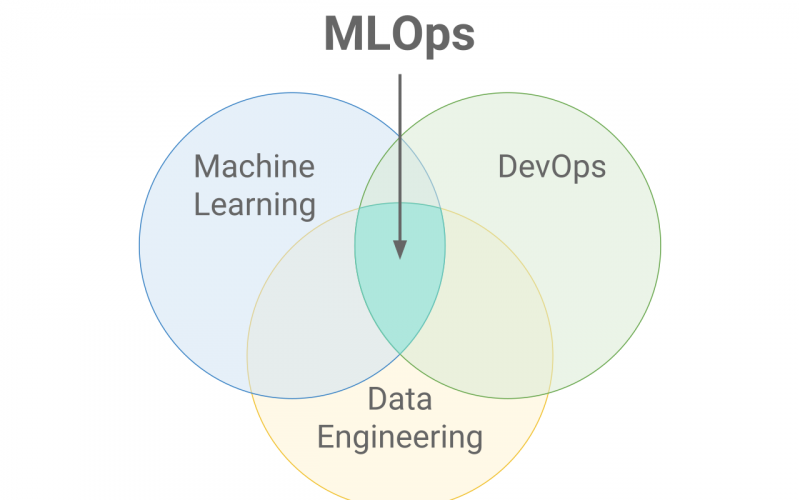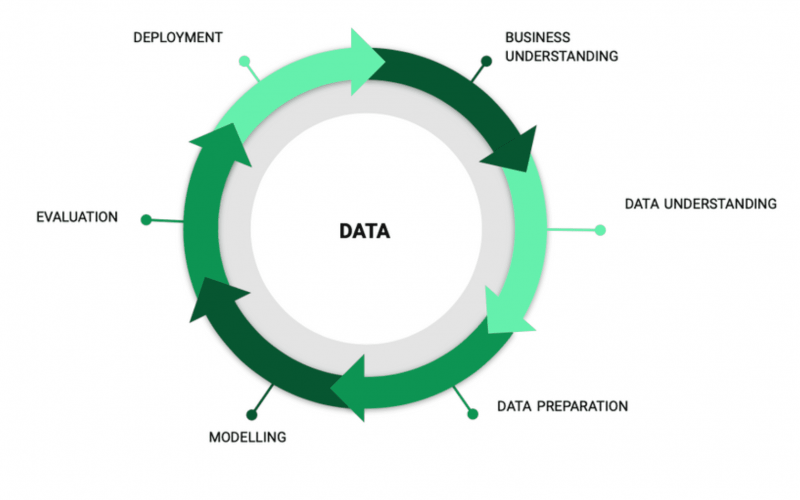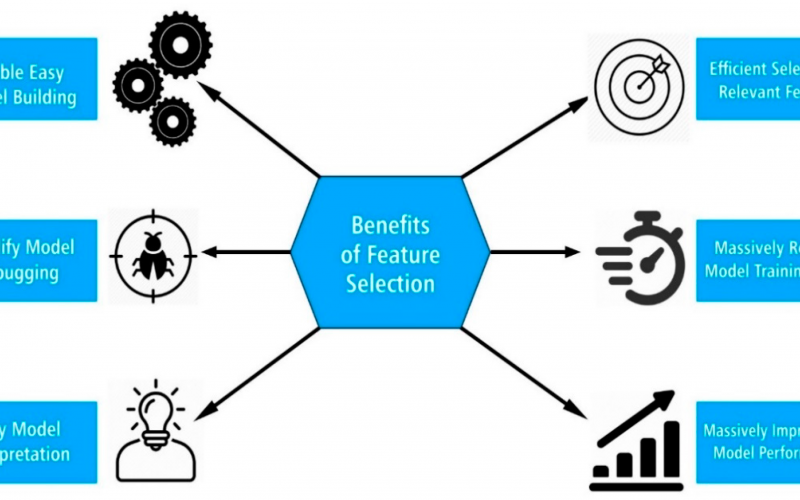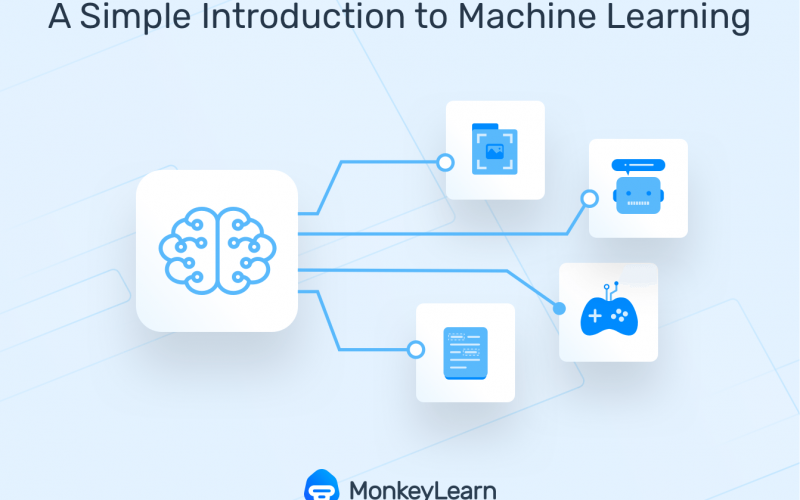04
Oct
Data scraping, also known as web scraping, is the process of extracting structured data from websites or online sources. It involves automated techniques that retrieve specific information from web pages and convert it into a structured format, such as a spreadsheet or a database. Data scraping enables users to efficiently collect and analyze large amounts of data from diverse sources on the internet. Data scraping has numerous applications across various industries and domains. Here are some common applications: Market Research: Data scraping is widely used in market research to gather information about competitors, pricing, product catalogs, customer reviews, and other…
